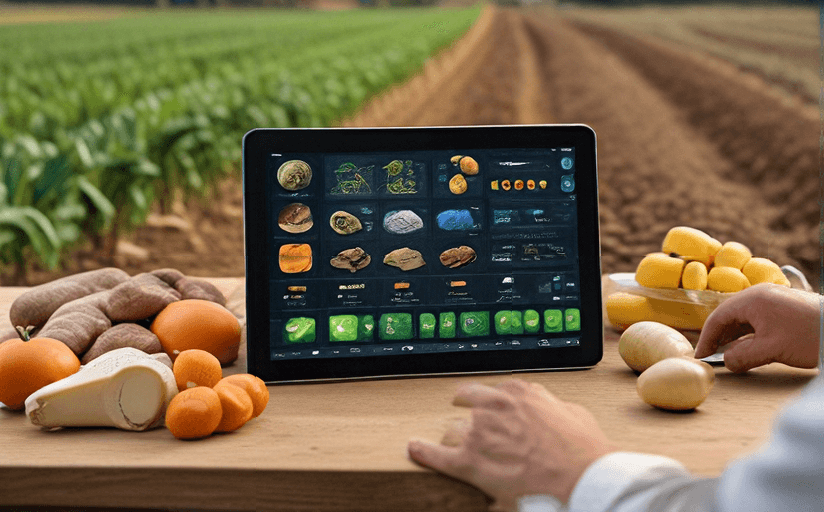The Blockchain Revolution in Farm-to-Table Movement
The epitome of technological advancement, blockchain technology, is transforming the traditional way we view the journey of our food from the farm to our plates. Imagine a world where the origins of the fresh produce adorning your dinner table can be traced, end to end, starting from the agricultural farms to the supply chain outlets to your plate.
Blockchain Technology: An Overview
Blockchain technology is a type of distributed ledger, an immutable and transparent technology that records digital transactions in several databases, known as 'blocks', in a network connected through peer-to-peer nodes. Each block is a chronicle of relevant transactions, and its transparency ensures that these transactions are open to public scrutiny, fostering an ethic of honesty and openness.
Blockchain Impact on Transparency, Trust, and Efficiency
Blockchain enhances transparency, instils trust, and increases efficiency in the food supply chain. The transparency in the system enables consumers to track the lineage, date, location, quality, and certification of the food products. This openness builds trust among consumers about food safety and fights against food fraud. Blockchain also plays a significant role in increasing efficiency in the supply chain by reducing paperwork, errors, and time delays, therefore making transactions smooth and swift.
Benefits and Challenges of Blockchain in Agriculture
Benefits
Adopting blockchain technology in the agricultural sector reaps a multitude of benefits such as promoting food safety, minimizing waste, and enhancing sustainability. The traceability of produce prevents the distribution of contaminated food, thereby advancing food safety. Additionally, blockchain can pinpoint inefficiencies and wastage areas in the supply chain, leading to waste reduction. This technology also addresses sustainability issues in farming by monitoring agricultural waste and tracking the carbon footprint of food products.
Challenges
Despite the array of benefits, several challenges like integrating blockchain into existing systems, technical understanding of this new technology, digital literacy of farmers, and data privacy concerns may hinder the full-scale implementation of blockchain in agriculture.
Real-world Case Studies
Companies like IBM and Walmart have successfully incorporated blockchain into their systems. IBM's Food Trust solution has successfully created a digitized food supply chain. Using blockchain technology, Walmart now can trace the origin of food products in just 2.2 seconds, compared to seven days previously recorded.
Future of Blockchain in Agriculture
The revolution that blockchain is bringing about in the field of agriculture is just beginning. With increased adoption and advances in this technology, we can expect a complete shift towards digitized, secure, and transparent food supply chains in the future. Blockchain, if embraced thoroughly throughout the system, has the potential to eliminate food fraud, improve food safety and increase overall efficiency.




















Comments
Leave a Comment